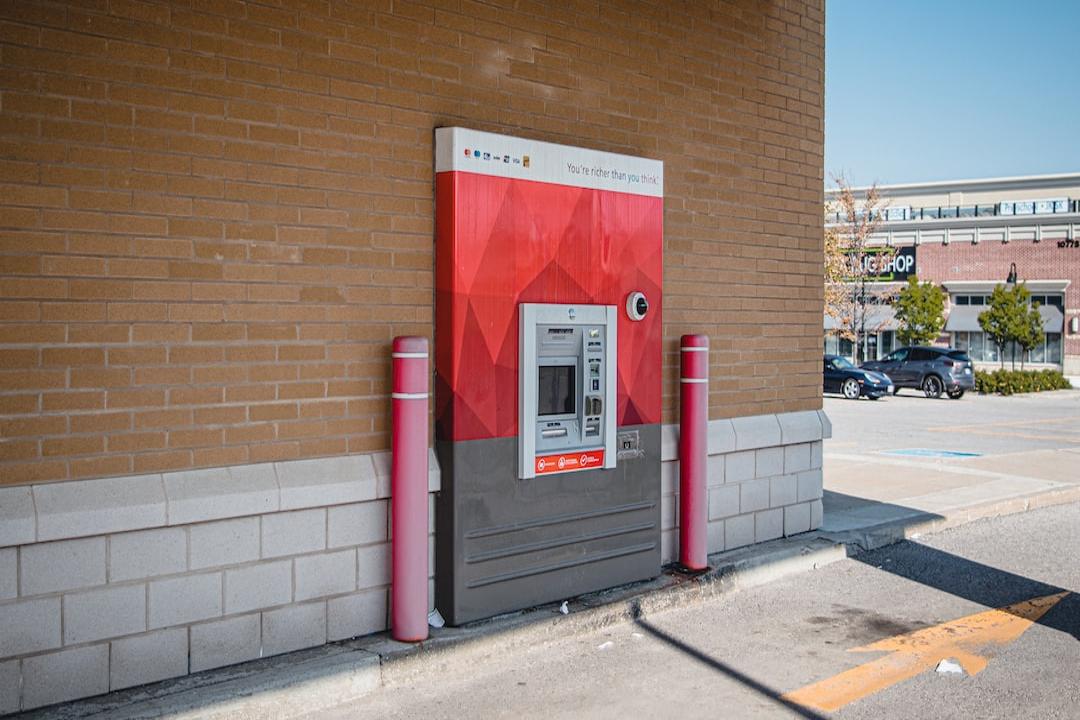Blockchain technology has proven to be valuable for various businesses, offering traits such as decentralization, immutability, transparency, and automation. However, the costs associated with creating and maintaining blockchain-powered applications can make it challenging and expensive for enterprises to fully leverage its benefits.
To address this issue, distributed ledgers have been adopted to lower barriers to entry. One of these platforms is VeChain, which aims to promote the widespread use of blockchain technology.
VeChainThor, the public blockchain of VeChain, is designed to be used by companies of all sizes, serving as the foundation for a resilient and scalable enterprise blockchain ecosystem.
VeChain believes that Ethereum, while a significant milestone in technology, is not suitable for running large-scale decentralized applications (DApps) due to its lack of a robust governance framework and an appropriate economic model. In contrast, VeChain aims to offer a unique solution.
VeChain’s meta-transaction features make it user-friendly for enterprise adoption. These features include multi-party payment, controllable transaction lifecycle, multi-task transaction, and transaction dependency. They enable smooth onboarding of users, flexible transaction management, and efficient batch payments.
VeChain employs a proof-of-authority (PoA) consensus mechanism, which has evolved from PoA 1.0 to PoA 2.0. The newer version enhances scalability, security, and data finality, addressing the limitations of the previous version.
The VeChain governance system involves a community-elected Steering Committee that oversees decision-making and improvement proposals. This system reduces uncertainty and promotes broad participation in governance decisions.
VeChain operates on a dual token economy, consisting of VeChain Token (VET) and VeChainThor Energy (VTHO). VET serves as the primary token for value transfer and voting, while VTHO is used as the energy or “gas” for transactions and smart contracts.
In terms of functionality, VeChain is widely used in supply chain management. It enables the creation of unique product identifications, data capture and recording at each stage of the supply chain, blockchain entry, activation of smart contracts, real-time tracking and verification, end-user interaction, and continuous updates and audits.
VeChain also offers the VeChain ToolChain, which provides platform-as-a-service (PaaS), software-as-a-service (SaaS), and blockchain-as-a-service (BaaS) solutions. This allows businesses to implement blockchain technology effortlessly and generate value for stakeholders.
VeChain was founded by Sunny Lu and Changpeng Zhao in 2015 as a subsidiary of Bitse. It initially operated on the Ethereum platform but later switched to its own blockchain. VeChain has gained real-world application and effectiveness, with Fortune 500 companies such as BMW, Walmart, LVMH, and Deloitte adopting its technology.
To buy VeChain (VET), users can choose a crypto exchange that supports the cryptocurrency, download a wallet, and purchase VET tokens. VeChain also offers the VeChainThor Wallet specifically for its cryptocurrency.
In addition to its use cases in supply chain management, VeChain has a thriving nonfungible token (NFT) ecosystem. It has decentralized NFT marketplaces such as VeSea and World of V, where users can buy, sell, and discover VeChain NFT collections.
VeChain has also introduced the VeUSD stablecoin, which is pegged 1:1 to the United States dollar. It aims to provide a stable digital currency choice within the VeChain network, enhancing its utility and scalability.
As with any investment, whether VeChain is a good investment depends on individual financial objectives and risk-return profile. It is essential to weigh the pros and cons and make informed decisions.
VeChain is a layer-1 smart contract platform that offers unique solutions for businesses. Its future is uncertain, but it will be interesting to see how it competes with rivals and continues to provide distinct solutions in the blockchain space.

